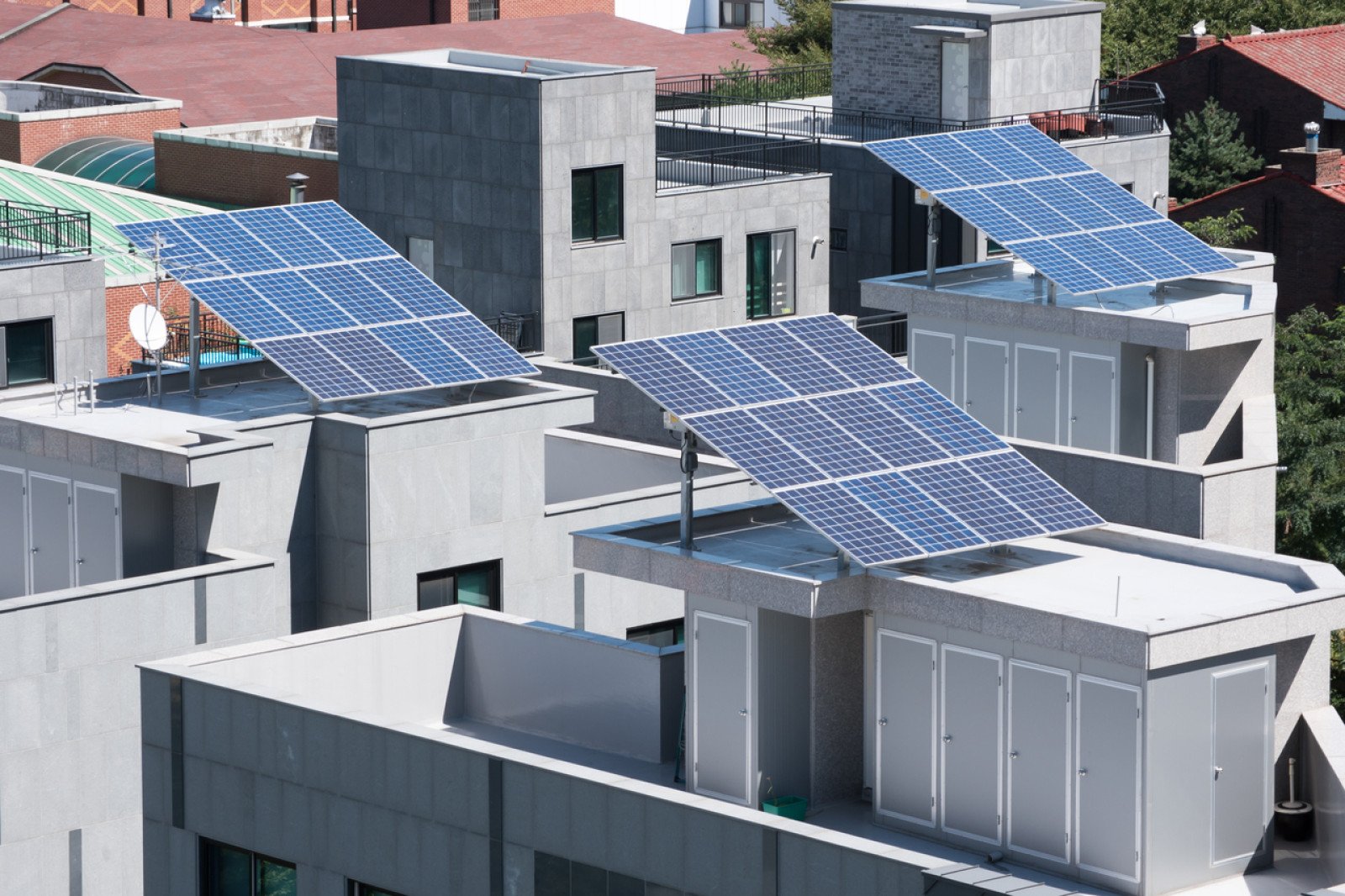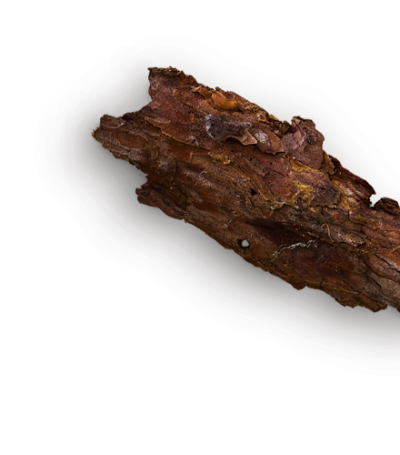What is renewable energy?
How Earth's natural resources are used to create renewable energy.

Overview
Renewable energy systems can provide electricity from sources that nature can constantly replace, like water, wind and sunshine. Get students thinking about the six types of renewable energy introduced in this short video and recap the information heard in groups and as a class.
Instructions
What you'll need
- "What is renewable energy" worksheet
- Paper fan
- Container of water
- Picture of the sun
Start with what you know
- With a paper fan, container of water and a picture of the sun on the table, have students describe how these objects are connected to energy.
- Ask students to turn to a partner and share what they think is meant by the term “renewable energy”.
Renewable energy 101 video
- Play the video.
- Ask students to comment on whether their ideas match what the video says.
- What new information did you hear?
- Was any information missing?
- In pairs, have students define renewable energy and list different types on their worksheet. Students brainstorm why we should use renewable energy and what some of the challenges are.
- Show the video again.
- Have pairs join up to create groups of four and work together to complete their worksheet. Ask students to focus on what the challenges mentioned in the video might actually mean:
- Low efficiencies
- High capital costs
- Intermittencies
- Show the video one more time, giving groups a few minutes to add any last thoughts to their worksheets.
Whole class sharing of information
- Facilitate a class discussion to recap what we learned in the video.
- Lastly, create a list of questions they want to explore to better understand renewable energy.
Modify or extend this activity
Extensions
- Have students work in groups to research one type of renewable energy in more detail and then present to the rest of the class.
- Check out this online Energy Systems Map.
- Use the class list of questions generated to continue exploring renewable energy.
- Check out the "Our clean energy" video for another look at renewable and non-renewable resources.
Curriculum Fit
Grade 4 Science
Content
- Energy has various forms
- Devices that transform energy
Curricular competencies
Questioning and predicting
- Demonstrate curiosity about the natural world
Evaluating
- Identify some simple environmental implications of their and others’ actions
Communicating
- Represent and communicate ideas and findings in a variety of ways, such as diagrams and simple reports, using digital technologies as appropriate
Grade 5 Science
Content
- The nature of sustainable practices around B.C.’s resources
Curricular competencies
Questioning and predicting
- Demonstrate a sustained curiosity about a scientific topic or problem of personal interest
Evaluating
- Identify some of the social, ethical, and environmental implications of the findings from their own and others’ investigations
Communicating
- Communicate ideas, explanations, and processes in a variety of ways
Grade 7 Science
Content
- Electricity is generated in different ways with different environmental impacts
Curricular competencies
Questioning and predicting
- Demonstrate a sustained curiosity about a scientific topic or problem of personal interest
Evaluating
- Consider the social, ethical, and environmental implications of the findings from their own and others’ investigations
Communicating
- Communicate ideas, findings, and solutions to problems, using scientific language, representations, and digital technologies as appropriate
Teaching Notes
This video provides a simple introduction to six types of renewable energy (solar, wind, hydropower, biomass, tidal and geothermal), describes why they are good for the environment and what their challenges are.
A graphic organizer is used so students can sort what they know about renewable energy into categories. They work with partners, then in groups of four, to ensure they spend sufficient time thinking and talking about the information presented in the short video.
Assessment
- Review the worksheets to assess students’ understanding of information presented in the video.
- Assess students during the class discussion for willingness to contribute ideas and opinions, and note their developing knowledge about renewable energy.









